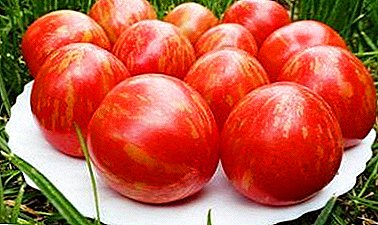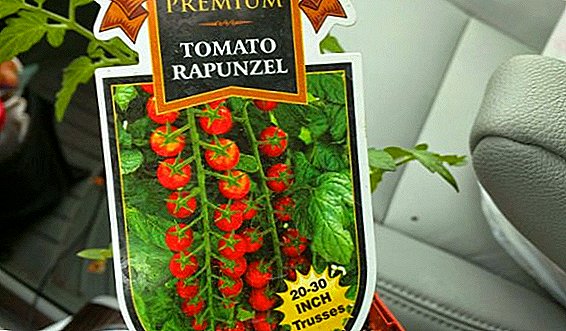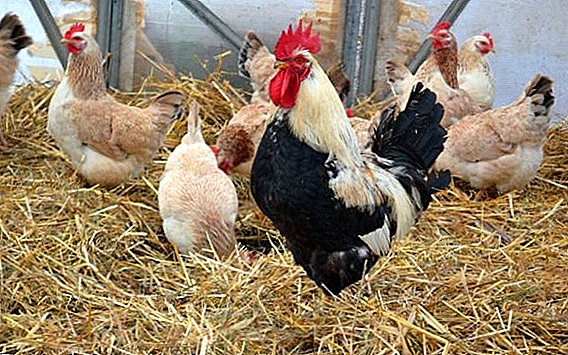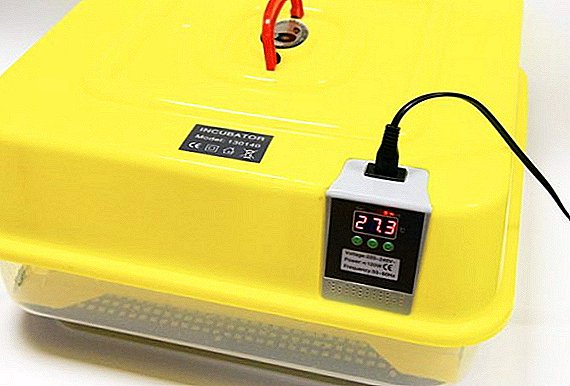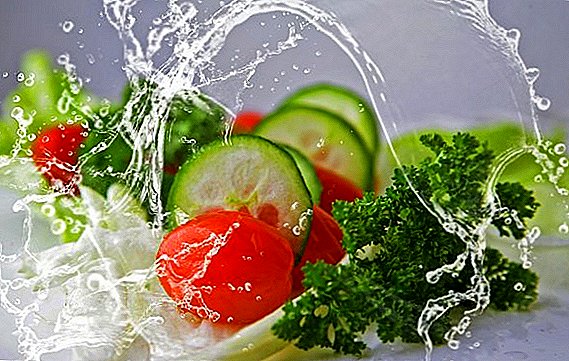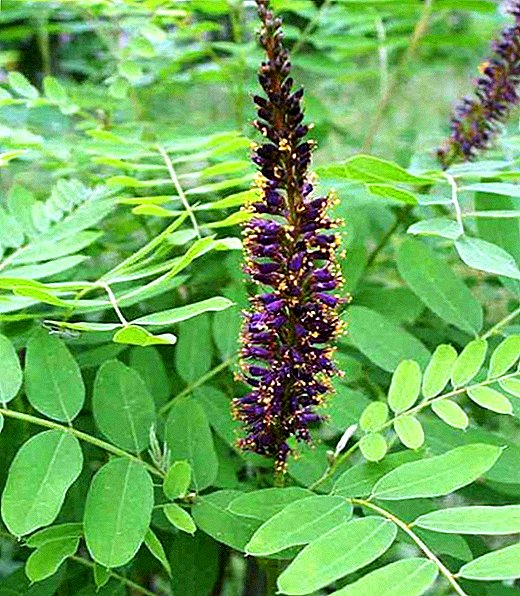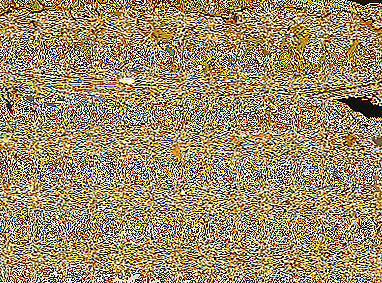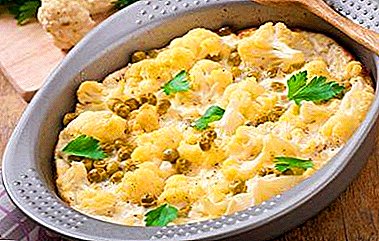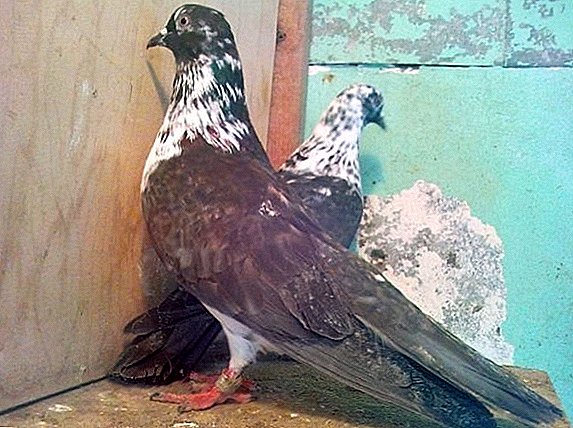 Today in the world there are a significant number of pigeons of different breeds, some bred as meat, others as sports. Each has its own differences and advantages. Let us consider in more detail what the pigeons of the sports breed are: English tipplers, and what conditions are necessary for their maintenance.
Today in the world there are a significant number of pigeons of different breeds, some bred as meat, others as sports. Each has its own differences and advantages. Let us consider in more detail what the pigeons of the sports breed are: English tipplers, and what conditions are necessary for their maintenance.
History reference
Great Britain is considered the birthplace of clapers; it was in this country that breeders bred them in the 19th century by crossing English Turmans and French high-flyers. Despite the fact that this breed is very popular at home and in many European countries, it is quite rare in our country. The breed is constantly being improved, pigeons often take part in racing competitions. 
Did you know? In 1975, a record was set, which is associated with the longest in the air. He was 20 hours and 40 minutes. Until now, no pigeon could not beat him.
Appearance
Noble breed has the following external features:
- body - medium, streamlined;
- chest - wide;
- head smooth;
- the neck is short;
- eyes - light color;
- beak - long, with prominent nostrils;
- feather color can be black, gray, yellow, red, blue;
- wings - strong, pressed to the body;
- tail set horizontally, consists of 12 feathers.
Read also about how to feed pigeons, how to build a dovecote and how to breed pigeons.
Conditions of detention
In the content tipplera unpretentious and need special living conditions. When building dovecote, it is necessary to take into account that for at least 1 pigeon at least 0.5 square meters should be allocated. square meters, while the height of the room should be about 2 m. 
The only thing that needs to be remembered is that the dovecot should be divided into several parts:
- for practicing pigeons;
- for breeding;
- for young individuals.
Did you know? Pigeons can reach speeds of up to 70 km per hour, and besides, they are able to cover a distance of up to 900 km in one flight.Drinkers and feeders should be directly accessible and always clean. For the young, who have not yet started training, you need a walking open-air cage. To create it, it is enough to fence off some space adjacent to the dovecote using a grid.
What to feed
The main condition for the proper feeding of tiplers is fresh food, which is properly balanced. Pigeons should eat their fill a couple of times a day. 
Approximately the diet for adult pigeons should consist of the following feed:
- barley - 30%;
- oatmeal - 25%;
- corn - 10%;
- peas - 5%;
- wheat - 10%;
- millet - 3%;
- sunflower - 2%.
Important! Together with the food you need to give fish oil and be sure not to forget about the green, because it contains a huge amount of vitamins needed by birds. Water in drinking bowls should always be clean and fresh.In the form of mineral supplementation, you can use a mixture based on charcoal, egg shell, bone meal, chalk and coarse sand. All components are mixed and poured hot infusion of pharmaceutical chamomile. After a substance is obtained that is suitable for shaping, briquettes weighing about 1 kg are formed from it.
 After complete drying, they are placed in the dovecote. It is forbidden to give birds bread and bread crumbs, as well as sweets and stale food. Proper nutrition contributes to the correct growth of pigeons and good endurance during long flights.
After complete drying, they are placed in the dovecote. It is forbidden to give birds bread and bread crumbs, as well as sweets and stale food. Proper nutrition contributes to the correct growth of pigeons and good endurance during long flights.Training rules
In order for the birds to show good results during their flight, they need to be engaged. Training should take place according to certain rules, failure to comply with which can not only harm the birds, but also lead to the loss of pets. Consider what rules must be followed for proper training:
- Start must be carried out strictly at the same time.
- To feed and water the birds before training is strictly prohibited.
- Pigeons who are knocked out of the pack, should be immediately excluded.
- After a workout lasting more than 10 hours, the birds need a rest of at least 3 days.
Important! In order to make the pigeons easier to find out where their dovecote is, the take-off box is painted in light colors. This will help smart birds know where they need to land after the flight.
There are times when pigeons refuse to fly and generally leave dovecote. When the typeler does not want to take off, there is always a reason for this. The most common cause may be the following points:
- Depletion of the body. Due to the accelerated metabolism, food is digested faster. As a result of the lack of food, the forces for flight may simply not be enough. You can solve the problem by feeding the pigeon well and giving it time to recuperate.
- Stress. Birds are rather shy, loud noise or very bright light adversely affects the general condition. In this case, the pigeon is transferred to a quiet place and give time to recover.
- Diseases or injuries of the body. If, after examination, this reason is established, the pigeon is sent to the veterinarian to prescribe the correct treatment. After a while he will be able to fly again.
 English tippler gained recognition breeders around the world. These birds are hardy, persistent and reliable, they perfectly combined all the best qualities of their kind. Consequently, their breeding and training will be a joy to all who love these birds.
English tippler gained recognition breeders around the world. These birds are hardy, persistent and reliable, they perfectly combined all the best qualities of their kind. Consequently, their breeding and training will be a joy to all who love these birds.

